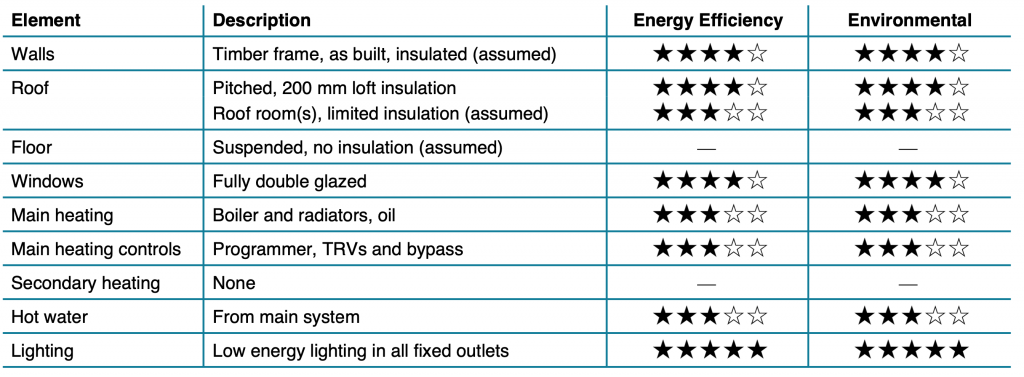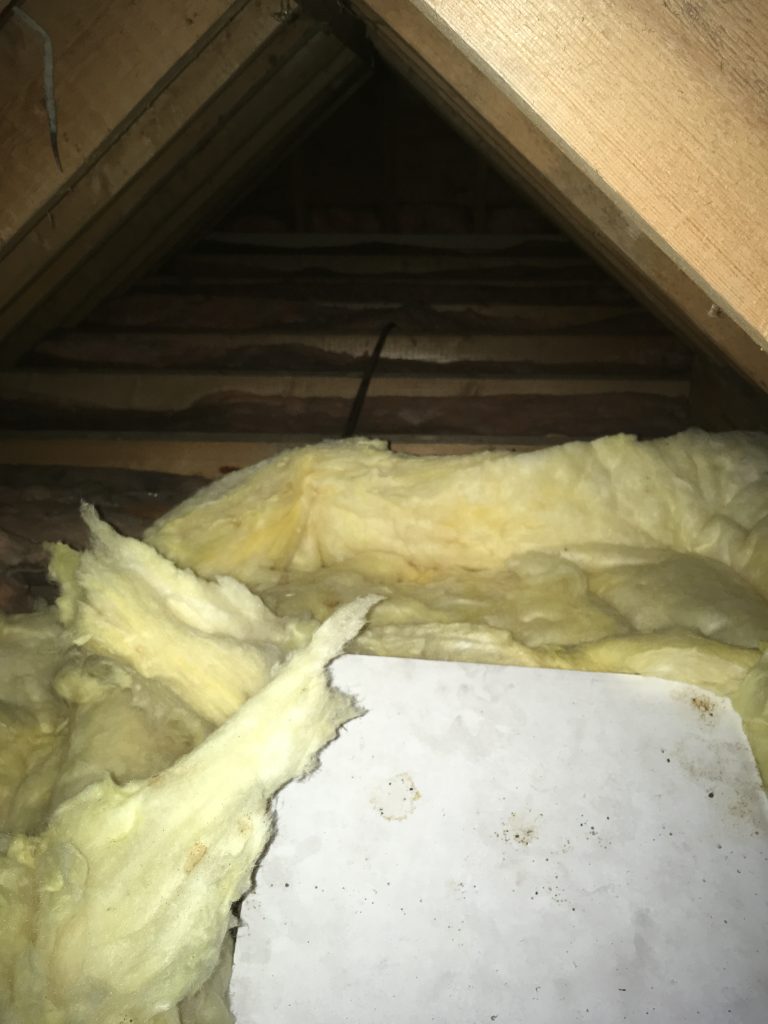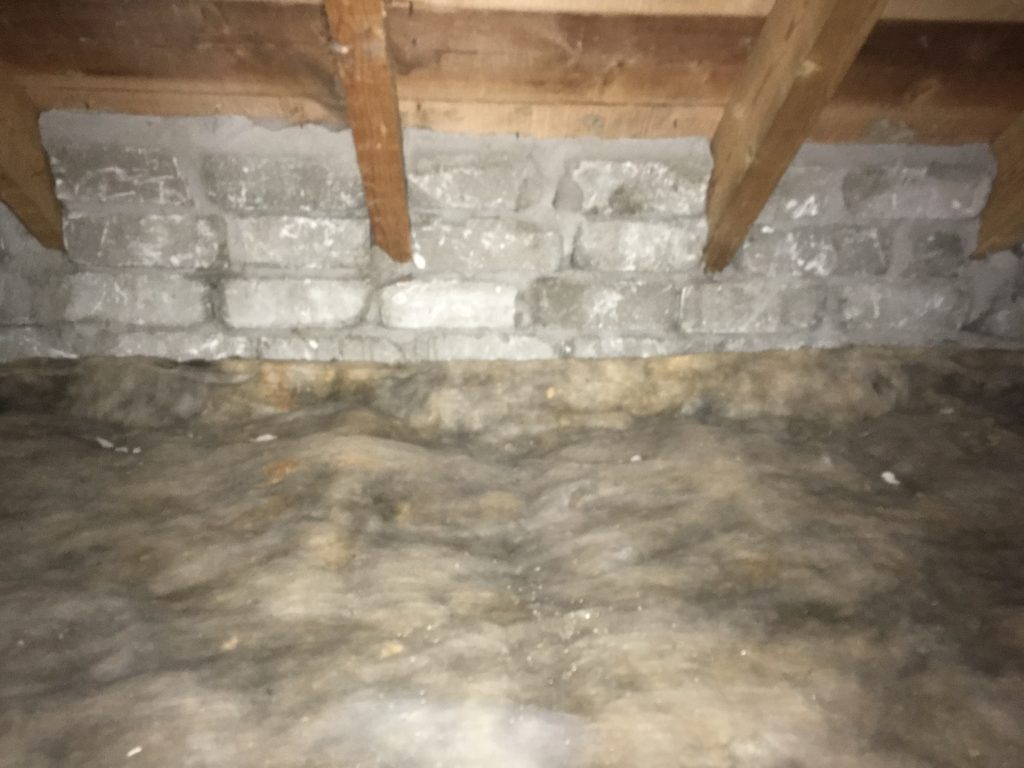As I write this my feet and legs feel chilly, despite the cosy slippers and the radiator a metre behind me being so hot that I cannot hold a bare hand to it for more than a second or so. It's cold and windy outside today and the floorboards and carpet that are the sum total of the insulation and draughtproofing in my floor are clearly inadequate in terms of thermal comfort.
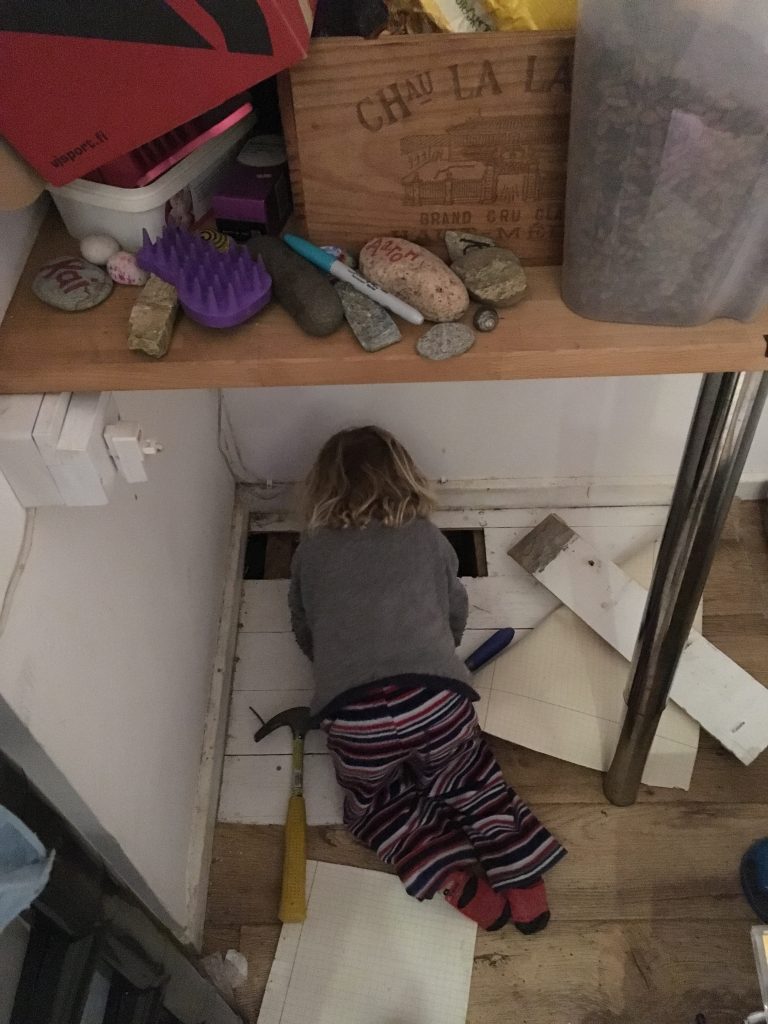
Insulating a suspended floor can be a DIY job, but it's often done in a way that performs poorly. There are two common pitfalls. Firstly when fibrous insulation is used (for example mineral wool) it isn't protected from air movement in the solum (the space under the floor, which is ventilated to remove moisture). This reduces the performance of the insulation in a similar way to the wind whipping through a wooly jumper on a windy day - the insulation is excellent but it only works to its full potential when you add a windproof layer on top. The second common pitfall is to use rigid insulation, which is difficult to fit between the floor joists without gaps, and these gaps substantially reduce the real-world performance since air movement can simply short-circuit the insulation (this is called 'thermal bypass'). This problem is present whether or not there is a windproof layer outside the insulation, but is especially severe when there is not. There is some excellent guidance on insulating suspended floors that addresses these pitfalls, and also moisture risk, from Ecological Building Systems, here.
I wanted to do something similar to what EBS suggest in their blog, but I wanted to add more insulation below the floor joists. To achieve Passivhaus levels of thermal comfort I need to get really low U values wherever I can. I'm already compromising a fair bit on the ground floor walls because of insulating them internally, and only adding insulation between the joists would give a similar, relatively poor U value of 0.23 W/m2K. That seemed a shame when there was still a lot of space underneath the joists in which I could add insulation while still maintaining a decent (150mm) depth of well-ventilated solum. Adding insulation beneath the joists also means that they are not exposed to the cold solum, reducing moisture risk to them.
In the past I've seen special joist extenders that look like half an I joist fixed to the existing joists and used to support a board that is used to hold the insulation in. This seems like a good, simple idea, but on further investigation it seemed impossible to get hold of these and the alternative of chopping I joists in half seemed expensive. While playing with some insulation samples I came up with an alternative idea; extend the joists using wood fibre insulation board, and use this to hold the wind-tight breather membrane in place. This would allow me to add an additional 100mm of insulation below the joists, bringing the U value to 0.14 W/m2K.
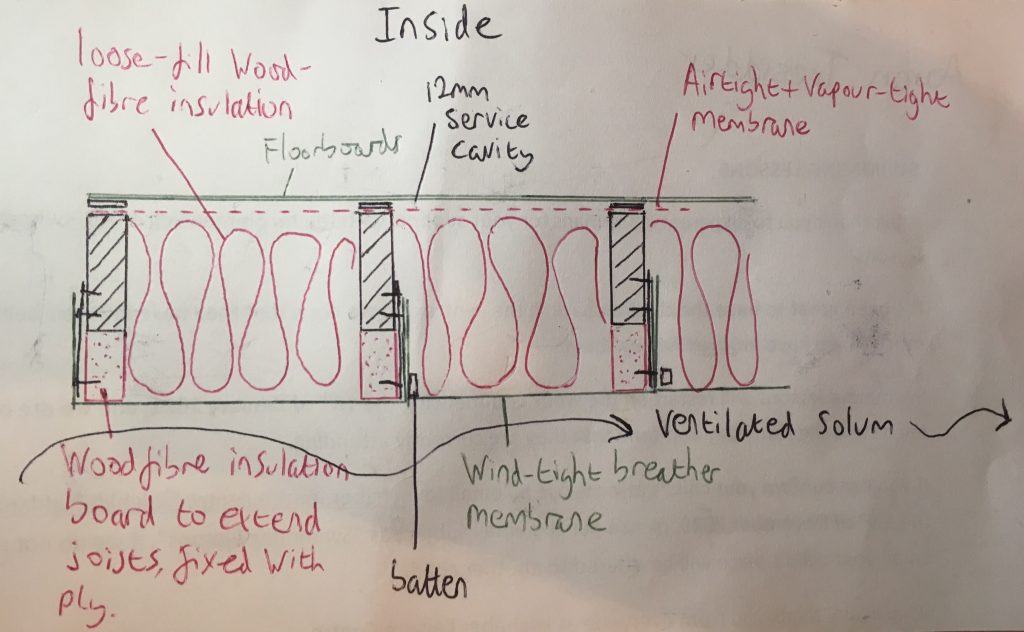
I'm going to be using loosefill wood fibre insulation since it will fill the spaces well and because it is much cheaper than wood fibre or Jute fibre batts. All of these options are very good from a moisture point of view since they are both vapour open (they allow water vapour to pass through them) and hygroscopic (they will absorb liquid water and allow it to dissipate). This reduces the risk of damage should any moisture find its way into the build up, but care is needed to reduce the risk of this happening in the first place.
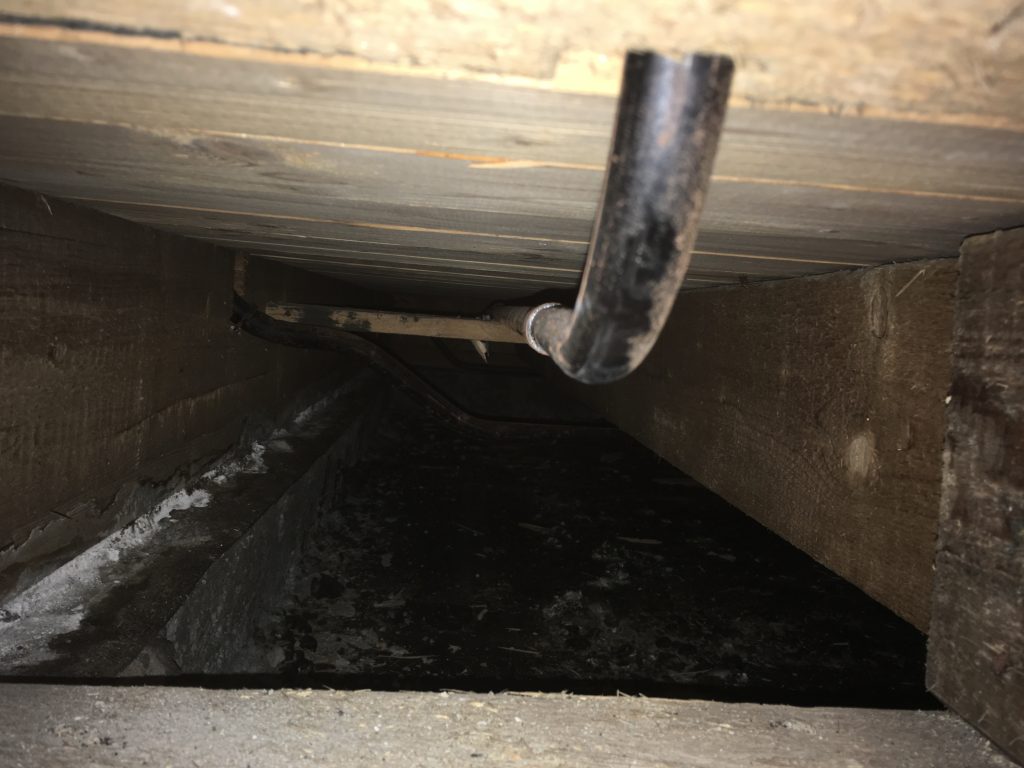
From the three places I've looked under the ground floor, the solum seems very dry, which is a great start, but I'll be taking the following measures to reduce the risk of moisture getting into the floor build up.
- Airtight vapour barrier installed on the top (warm side) of the insulation; this stops both vapour diffusion and bulk air movement which if not controlled can bring significant quantities of water into the build up
- Wind-tight, breathable membrane installed underneath (cold side) the insulation to ensure any moisture that gets into the build up can escape into the solum, while protecting the insulation from wind-wash
- Check there are sufficient ventilation bricks into the solum, and that ventilation paths are not blocked by insulation
- Extend the damp-proof course where necessary to make sure that insulation is not touching foundation walls below it
- Ensure there is a 150mm clear space underneath the insulation for ventilation to take moisture to escape from the solum
The last few months have been pretty busy getting the building warrant completed and ironing out some complicated design choices about what to do with the first floor walls and roof (for another blog!). Planning permission has been granted and the building warrant is now in. I'm looking forward to getting started on the floor and starting to see some dramatic improvements in the comfort of our house.





